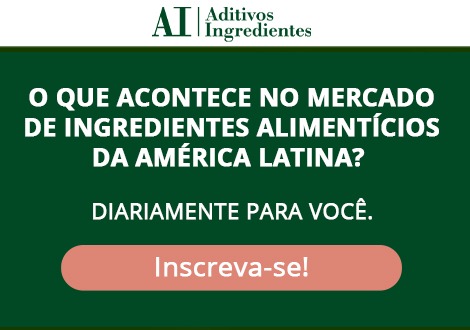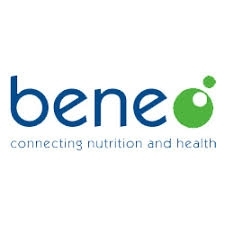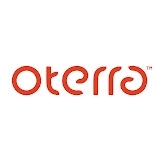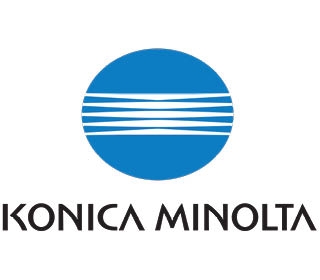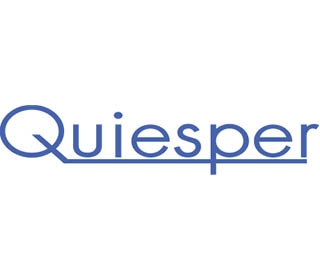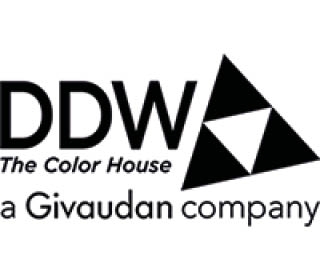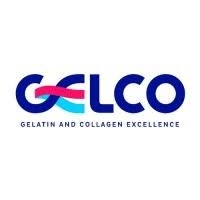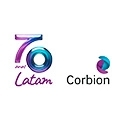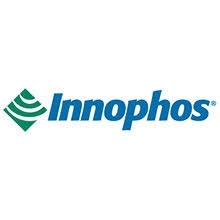The natural foods “paradox”: Waste and appearance challenges are widespread, notes KHNI expert
Increasing consumer interest in “natural” foods has led to industry challenges concerning food waste, safety and appearance, according to an article published by Kerry Health and Nutrition Institute (KHNI). There is no standard definition of what “natural food” is, the Irish institute asserts. Article author Emma Cahill, Senior Strategic Marketing Manager in Food Protection & Fermentation at KHNI, tells that consumers are simply looking for food “as it should be,” and that smaller business will be crucial in re-educating consumers about what natural food actually consists of.
A short shelf life is a key marker for consumers seeking natural foods. “For example, if a loaf of bread has a 6-month shelf life, the consumer will want to know by what means that has been achieved. It is also likely to reflect a high level of processing,” says Cahill.
Appearance, taste and texture are also crucial, with Cahill explaining how consumers expect food to look as if it was made by themselves. Alternatively, they may prefer foods that look the same as they remember from their childhoods or travel experiences.
“Also, short ingredient declarations come up repeatedly in Kerry’s consumer research. As consumers speed-read product labels, the shorter the ingredient deck, the less they must question why an ingredient is present and whether it is good or bad,” Cahill notes.
Recognizable ingredient names such as those found in consumers’ pantries also help give reassurance about consumers’ choices. An easy-to-recognize ingredient with familiar nutritional and health impacts make decisions easier.
Additionally, if extra ingredients are required for food safety, color, texture, flavor, nutritional value or freshness, they should be ones that “harness the power of nature” and have minimal processes or packaging, Carhill adds.
Consumers are seeking short and recognizable ingredient lists.Food waste as a cultural issue
At odds with the trend for sustainability is the food waste generated by the desire for naturalness. Consumers are rejecting traditional preservatives, meaning that the industry is turning towards solutions such as extracts, fermented vegetable juices, functional flavors and vinegar to ensure that food still meets federal food safety regulations. Sourdough bread, which contains fermented wheat flour, is an example of a natural shelf life solution.
“The difference in perception between natural preservation methods and synthetic ingredients lies in the effect they have on the body. Methods using extracts and fermentation are perceived positively because both technologies can be associated with positive health benefits and have a historical presence in our pantry and nature. Our recent consumer research project Pioneering Preservatives highlights the extent to which synthetic preservatives are mostly perceived as negative by consumers,” notes Cahill.
However, food waste is still a significant issue, with one-third of food globally going to waste, with this rising to 40 percent in North America. Cahill notes that part of this has to do with larger standard portion sizes in the US. “There is a culture of bringing restaurant leftovers home, which may go to waste at a consumer level, rather than in the restaurant.”
Long transit time as a result of the size of the continent also means that there is often shorter supermarket and in-home freshness for consumers. “Furthermore, food is cheaper in the US than anywhere in the world, meaning there are accepted waste streams at every step of the supply chain from farm to fork,” Cahill continues.
“Consumers may also be fearful of consuming products past their best-before dates and be unsure of signs of spoilage versus aesthetic changes. The US has not yet embraced ugly fruit and vegetables, with grocers reluctant to put them on shelves and consumers unwilling to purchase them. Vast quantities of imperfect food are left to rot or fed directly to animals as a result. American consumers need to be inspired to waste less food and equipped with strategies to make it happen,” she says.
Cahill adds that the US culture surrounding food waste also leads to its increased levels, with people having lower awareness rates. “In many areas, food supply is incredibly convenient with quick-service restaurants offering full family meals for less than they would cost to home-cook. Additionally, with our Instagram culture, restaurants are reluctant to put out a less-than-perfect plate.”
Appearance is everything
Food visuals are key, with consumers often holding specific concepts of how a natural food should appear, which often clashes with the reality of the situation. For example, wild salmon may be white as a result of its diet – the classic red color traditionally comes from pigments from the crustaceans some salmon consume. However, farmed salmon is given compounds in order to provide salmon the color that consumers look for as a sign of quality.Consumers have specific ideas about how a “natural” food should appear.
“Smaller brands are doing a great job of educating consumers about the natural variations in the appearance of their products. Much like handmade products that are unique and thus have natural variation, this approach resonates well with consumers who may be switching to a new brand and who are curious,” explains Cahill.
However, for larger and more-established brands that are targeting less conscious consumers, educating shoppers to accept a change can be a longer process. “If I blindly pick up a familiar product and it suddenly looks and tastes completely different than what I expected, there is a definite risk that I will be curious about comparing this ‘new product’ with the competition. Or worse, if I don’t agree with the change, I’m likely to reject any previous loyalties and go looking for a product that aligns with my expectations. Therefore, smaller brands will pave the way for larger brands to harness a more natural, artisanal style offering,” Cahill continues.
She notes that natural foods are an interesting paradox and that the clean label trend will continue to evolve. “Sustainability will come to the forefront as we look to better optimize our planet’s resources to feed a population which is expected to grow to nine billion by 2050. Consumers want to eradicate preservatives without increasing their food waste. I believe there is a real opportunity for small, local, sustainable brands to dominate regionally.”
